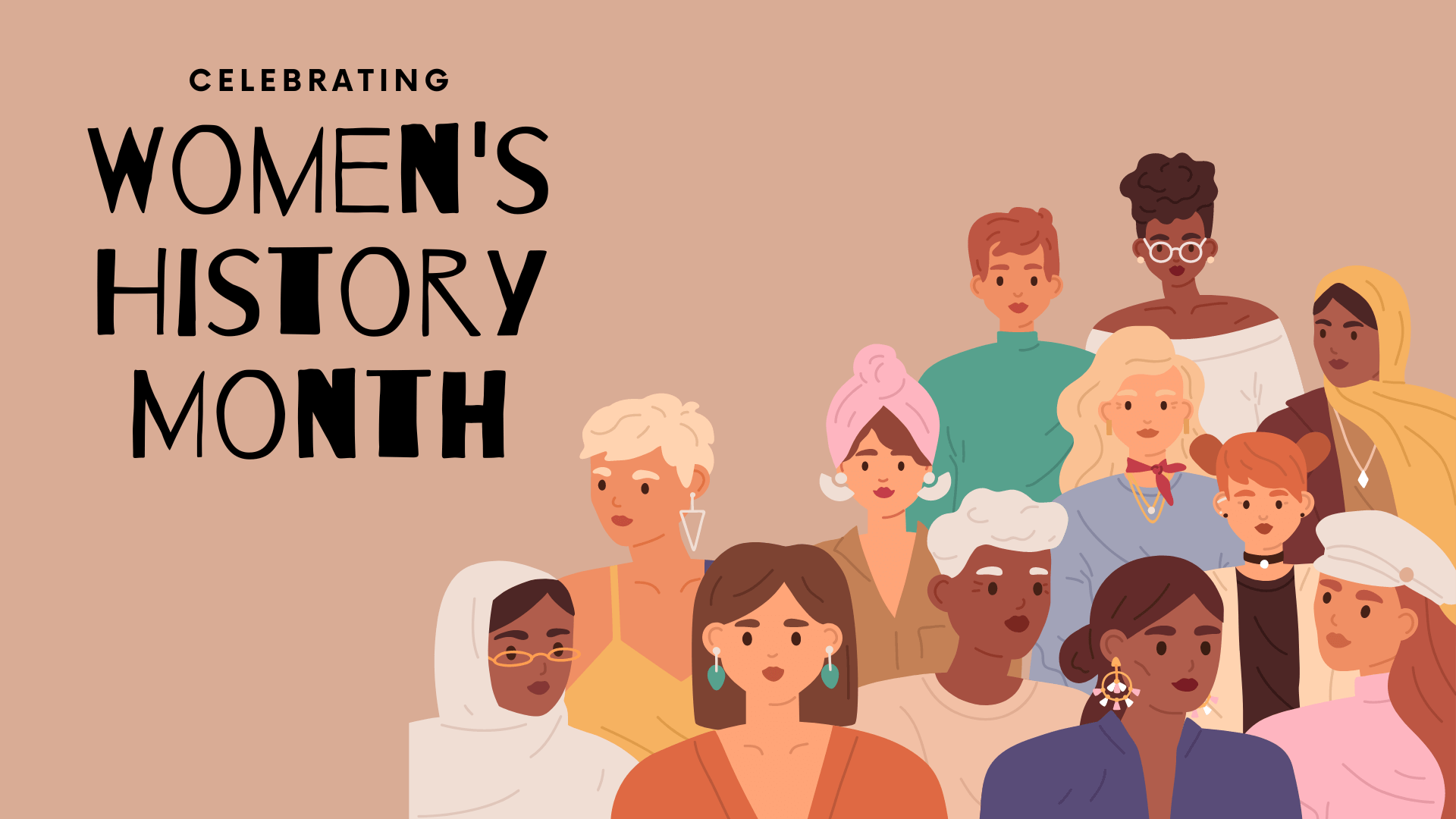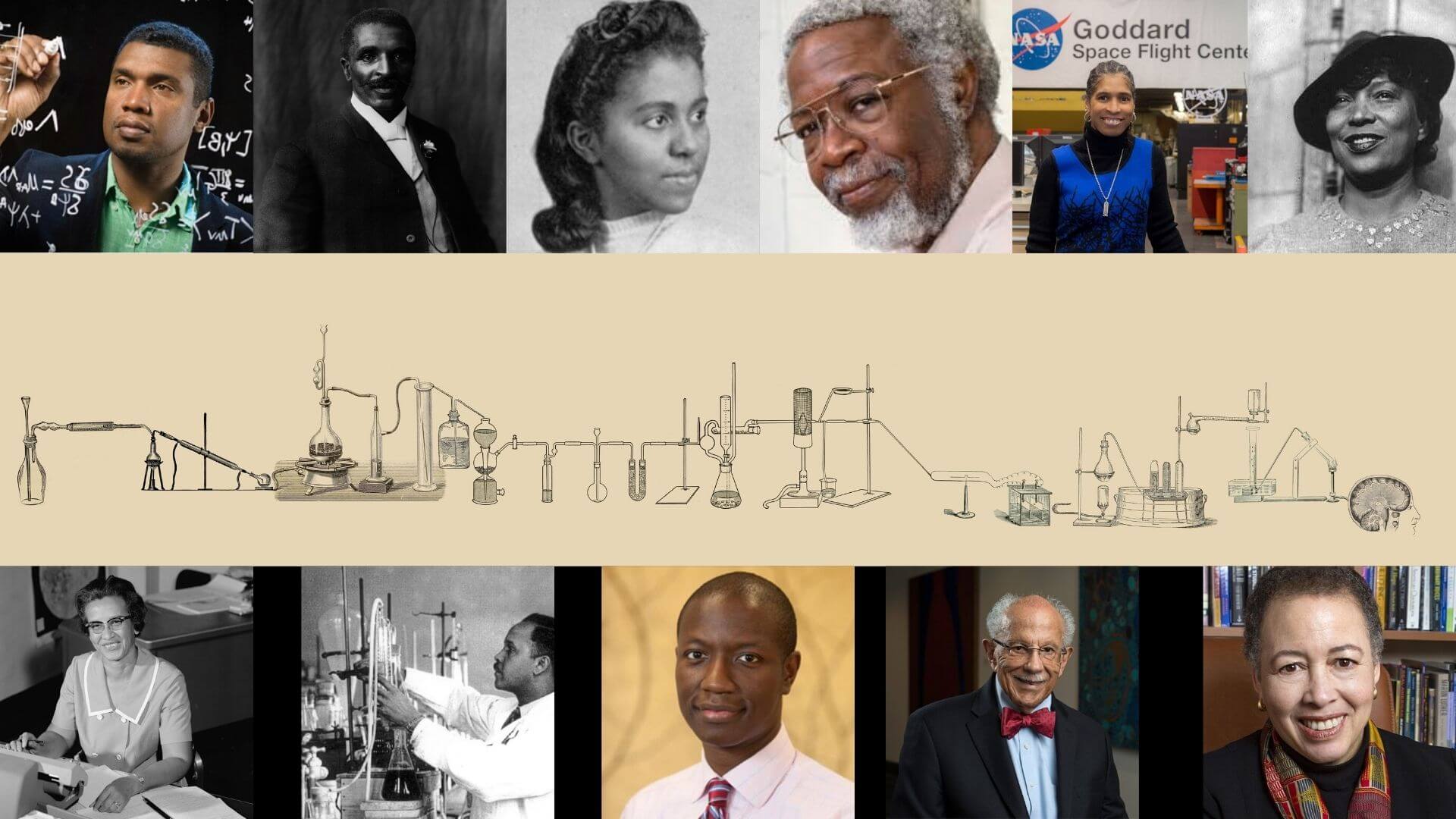Happy Women's History Month!
Women have historically been underrepresented in STEM fields, so this Women's History Month, we're taking the time to highlight some incredible scientists from throughout history. These women broke barriers and overcame obstacles, clearing the way for others to follow in their footsteps.
Gertrude Belle Elion
Did you know that women receive only about 5 percent of all patents? Women remain a largely overlooked pool of scientific knowledge. But Gertrude Elion began to pave the way for change when she became the first woman inducted into the National Inventors Hall of Fame (NIHF) in 1991.
Elion was a pioneer in the development of drugs to combat leukemia, septic shock, and many other ailments. With research partner George Hitchings, Elion employed what is now known as rational drug design - intentionally creating molecules that would interfere with the replication process of DNA, stopping cell reproduction in its tracks. This was extraordinary science for the 1940s, especially because much was still unknown about DNA, including the double-helix structure. Her discovery paved the way for the creation of treatments for leukemia, gout, malaria, herpes, and many other diseases.
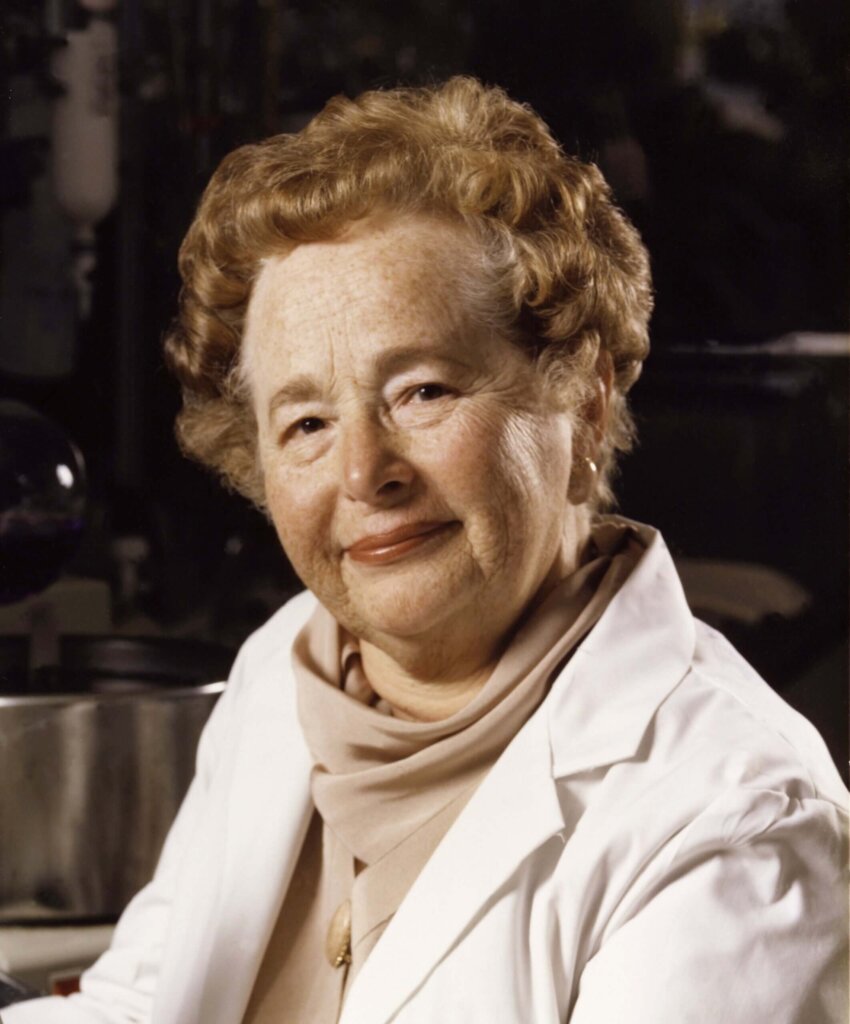
Chien-Shiung Wu
Known sometimes as the "First Lady of Physics" or the "Queen of Nuclear Research," Chien-Shiung Wu made extraordinary contributions to the field of physics. For a time, she worked on enriching uranium ore for the Manhattan Project - the research and development project that created the first nuclear weapons. After that, she began extensively researching beta decay, a form of radioactivity in which a proton turns into a neutron by emitting a beta particle (an electron or positron). She was the first to observe that these shedding particles have a preferred direction of emission, which violates the principle of parity. This principle states that it is impossible to distinguish direction (right from left, clockwise from counterclockwise, etc.) in any particle interaction.
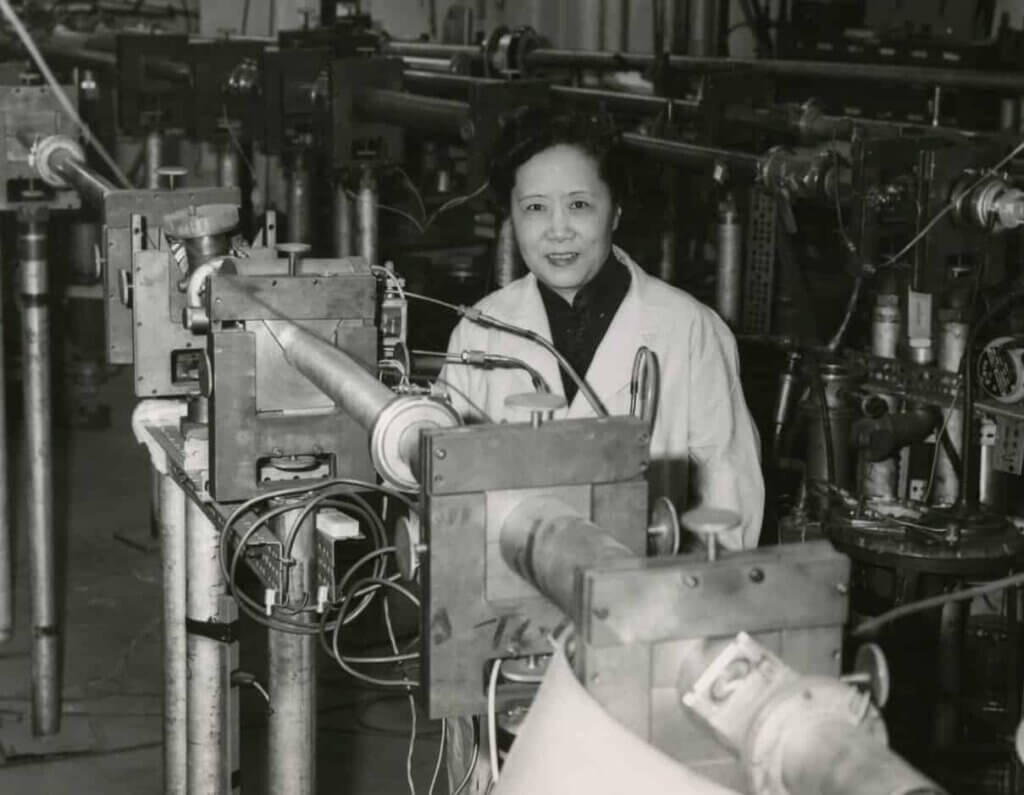
It was a discovery worthy of a Nobel Prize in Physics - except it wasn't awarded to Wu. The Nobel Prize in 1957 went to Chen Ning Yang and Tsung-Dao Lee, two men whose theory was proved by Wu's experiment. They even credited Wu in their acceptance speech! Wu did, however, become the first recipient of the Wolf Prize in Physics in 1978. The Wolf Prize is often regarded as the most prestigious award in each scientific discipline after the Nobel Prize.
María de los Ángeles Alvariño Gonzalez
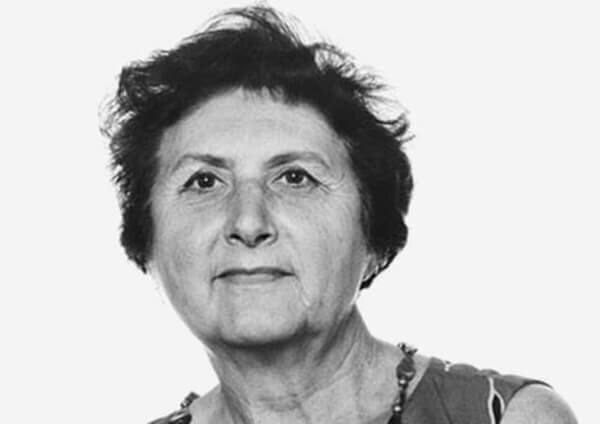
In the scientific world, it is generally frowned upon to name newly discovered species after yourself. That's why none of the 22 species of plankton discovered by Ángeles Alvariño (her preferred moniker) are named after her. Known as a world-renowned expert on zooplankton, Alvariño studied all over the world, including Spain, Great Britain, the United States, Mexico, and even Antarctica.
Alvariño began as an educator, teaching for seven years before beginning her research career. While living in Madrid and working for the Department of Sea Fisheries, Alvariño applied to do research with the Spanish Institute of Oceanography (SIO) - but legally, women were forbidden from boarding Spanish Navy vessels. The archaic law had been written in the 1700s, but it was technically still in effect. Even the SIO did not admit women at the time. Alvariño was undeterred; in 1950, she was accepted to the SIO thanks to her extensive academic credentials and research acumen. She became so well-known in the field that two species were named for her by other scientists: Aidanosagitta alvarinoae (an arrow-worm) and Lizzia alvarinoae (a hydrozoan). More than that, seven years after her death, the SIO launched a new research vessel: the Ángeles Alvariño.
You might also be interested in...
6 Important LGBTQ Scientists Who Left a Mark on STEM Fields
Meet a few of the incredible scientists who self-identified as members of LGBTQ+ community and have left a lasting mark on the STEM fields with both their activism and scientific research.
Black Scientists and Innovators in STEM Who Changed the World
From inspirational “firsts” that changed the STEM field forever to those making their mark on the world today, here are 11 Black scientists, engineers, and mathematicians that you should know about.
Celebrating Native American Heritage Month through STEAM
From making moccasins to classic culinary dishes, hear directly from indigenous makers to learn about art that originated in native traditions, and the importance of preserving and celebrating cultures through STEAM!
